How AI Is Transforming Surveillance: From CCTV to Smart Cameras
- Zeus IT and Security

- Sep 10
- 3 min read

Introduction
For decades, surveillance meant grainy footage reviewed after the fact. Cameras were reactive—recording incidents but rarely helping to prevent them. Then came IP cameras, which allowed digital storage, remote viewing, and basic motion alerts. Today, a new shift is underway. With artificial intelligence (AI), cameras no longer just record—they analyze, predict, and even decide. Surveillance has moved from passive monitoring to active intelligence.
From CCTV to IP to AI-Enhanced Surveillance
Surveillance has evolved in stages:
CCTV: Analog cameras with local storage, requiring human review.
IP Cameras: Digital, internet-connected systems offering higher resolution, cloud storage, and remote access. Many modern IP cameras also began integrating basic AI software, such as motion detection, facial recognition, or license plate reading.
AI-Powered Systems: The latest generation takes those early smart features further, using advanced machine learning and computer vision to interpret behavior, identify anomalies, and provide predictive insights.
In other words, AI didn’t replace IP cameras—it supercharged them.
The Benefits Driving Adoption
AI surveillance is gaining traction because it offers advantages that traditional systems simply can’t match:
Accuracy: AI reduces false alarms by distinguishing between genuine threats and harmless activity (e.g., a stray animal vs. a break-in).
Proactive Security: Alerts can be triggered the moment suspicious activity is detected, giving businesses valuable time to respond.
Operational Insights: Beyond security, AI cameras track foot traffic, create heatmaps of customer movement, and even manage vehicle flow in parking lots.
Scalability: One AI system can process hundreds of video feeds, something a human monitoring team could never match.
Where AI Surveillance Is Already in Action
AI cameras aren’t theoretical—they’re already reshaping industries:
Retail: Preventing theft, analyzing customer behavior, and optimizing store layouts.
Smart Cities: Managing traffic congestion, monitoring public safety, and supporting emergency response.
Business Security: Access control through facial recognition, monitoring restricted zones, and ensuring employee safety.
Critical Infrastructure: Airports, energy plants, and government facilities rely on AI to detect threats that humans might miss.
The Challenges and Controversies
AI surveillance has some important considerations, and we focus on solutions that are ethical, responsible, and secure:
Privacy & Ethics: AI cameras collect and analyze data, which raises questions about how footage is used and stored. We prioritize transparency and responsible use to protect privacy.
Accuracy Across Demographics: Some facial recognition systems perform better on certain groups than others, highlighting the need for careful testing and diverse training data. Our solutions emphasize fairness and reliability.
Cybersecurity Risks: Cloud or network-connected cameras can be hacked if proper safeguards aren’t in place. We implement strong protections to keep data safe.
Regulation & Oversight: Laws and guidelines are still evolving to ensure AI surveillance is used fairly and responsibly. We comply with current regulations and follow best practices to maintain accountability.
The Future of AI Surveillance
Looking ahead, AI surveillance will integrate more deeply with other technologies:
IoT Integration: Cameras working seamlessly with smart locks, alarms, and drones.
Predictive Security: Systems anticipating incidents before they happen by recognizing early warning signs.
Balancing Security and Privacy: Expect more regulation to ensure that innovation doesn’t come at the cost of individual rights.
Conclusion
AI-powered surveillance represents more than a technological upgrade—it’s the next evolution of IP-based systems. What started as simple recording, then became remote viewing, has now transformed into intelligent monitoring. Cameras are evolving from silent observers into active guardians, capable of both protecting and analyzing our environments. For businesses, municipalities, and organizations,
the question is no longer if they will adopt AI surveillance, but how responsibly they will use it.
At Zeus IT and Security, we help organizations deploy modern, ethical, and effective security solutions. If you’re considering upgrading from traditional CCTV or IP-based systems to AI-powered surveillance, now is the time to explore what’s possible.




Comments